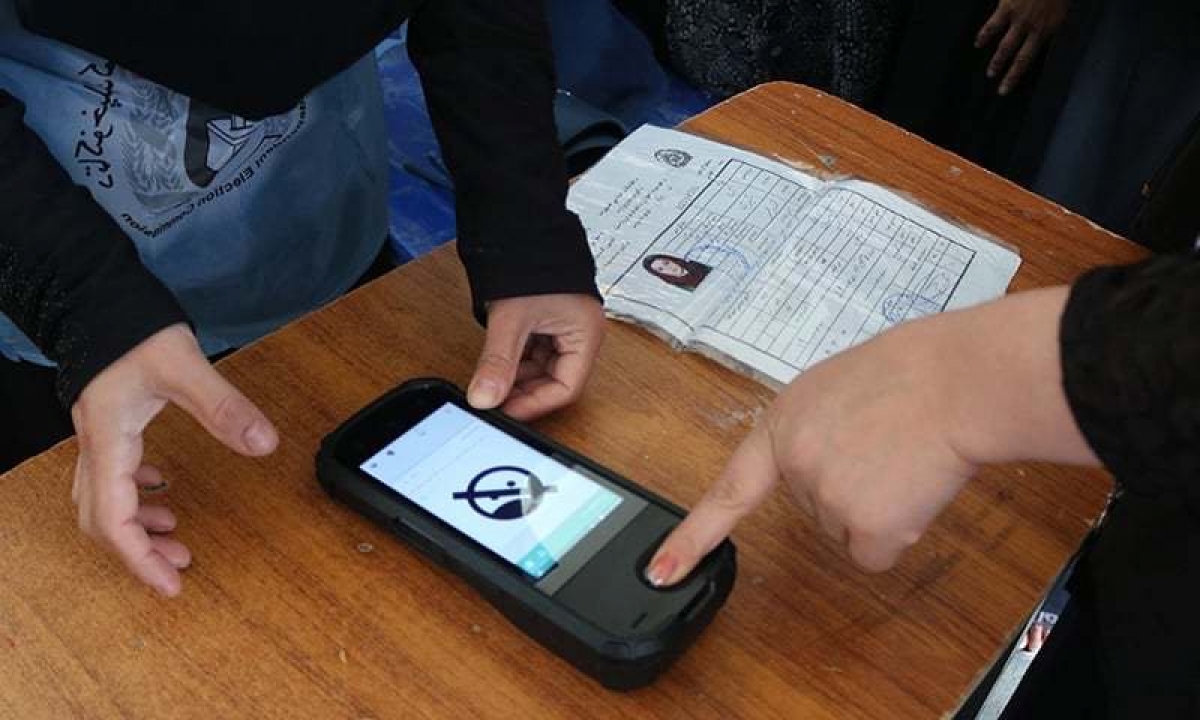Afghanistan Parliamentary Election: Millions of People in Exercise of Democratic Right

On Saturday 20thOctober, around 4 million Afghans, both men and women, casted their votes in around 21,000 polling stations in 4,900 polling centres despite serious security threats by Taliban and other terrorist groups.
Afghanistan held its seventeenth Parliamentary Elections in 32 out of 34 provinces. Thirty-three percent of the voters were female. Overall, the turnout was above forty-five percent.
Elections in Kandahar province was postponed by a week time due to the sad incident happened in Governor’s office last week, in which three high ranking Generals, including General Abdul Raziq, the Chief of Kandahar police were assassinated. Elections in Ghazni province will be held along with the Presidential Elections in April 2019.
More than 2,500 candidates contested in the Parliamentary Elections for 249 seats. A significant number of candidates were comprised of young educated male and female Afghans who believe that Wolesi Jirga– Lower House–needs a generational change and critical transformation.
The candidates represent a wide range of sectors including, civil society, media, government and business, who aim at serving Afghans through enhancing the functionality of the Lower House in accordance with the Constitution of the Islamic Republic of Afghanistan.
More than 50,000 security forces were deployed to ensure the security of election process and around 300,000 security forces were on standby. Taliban insurgents attempted 192 small and medium attacks on the election day. As a result, 28 persons lost their lives and more than 100 people were injured.
Overall, the elections were held successfully considering that it was the first time that the entire process was planned, managed and implemented by Afghans without any foreign support. However, operational and technological shortcomings were reported from several polling stations.
Amongst other initiatives, there was two major changes brought into this election process to ensure a free, fair and transparent elections, namely, the use of voters’ registration list in each polling station and collection of biometric data from each individual voter. The preliminary result is due to be released on 10th November.
The election process was observed by independent national and international observers. The Independent Election Commission of Afghanistan issued 234,500 credentials to election observers including international observers, who observed the election process across the country.

